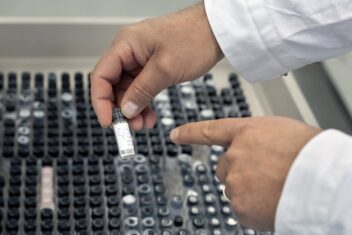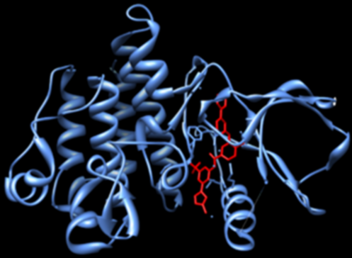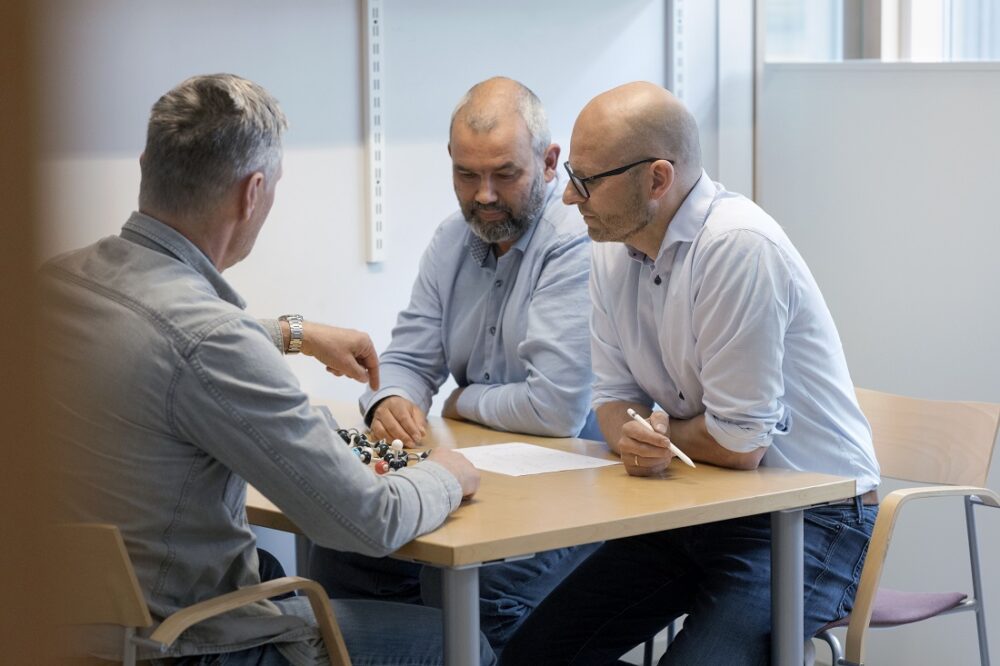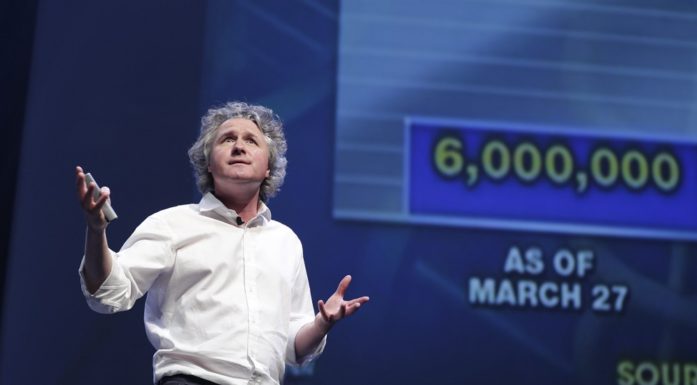On the trail of a new medicine to treat multiple diseases
Researchers are creating molecules that can slow down the development of osteoporosis, cancer and inflammation. Foreign investors are interested.
New research at NTNU is so promising that a European investor is funding researchers to the tune of EUR 1.8 million to further develop their findings.
This is the first time a Norwegian development project has received support from this fund.
It all started with two chemists, Bård Helge Hoff and Eirik Sundby. For several years they have been working on developing molecules with very special properties. These molecules are inhibitors that slow down the activity of proteins in the body that control processes in the cells.
In recent years, their goal has been to make molecules that inhibit the activity of a protein called CSF1R. This protein controls the formation of cells that play a key role in the development of disorders like osteoporosis, cancer and inflammatory diseases.
The fund
- KHAN Technology Transfer Fund I GmbH & Co. KG (KHAN-I) is a limited partnership under German law with the European Investment Fund (EIF), Max Planck Foundation (MPF), Austria Wirtschaftsservice GmbH (aws) and KHAN-I Vermögensverwaltung GmbH & Co. KG.
- The purpose of KHAN-I is to invest in innovative drug development projects and spin-out companies, primarily originating from academic environments, at the discovery, preclinical and / or clinical development stage, as well as to commercialize the results and products of the investments and thereby participate, directly or indirectly, in future income.
Detective work might offer cure for osteoporosis

One of several hundred compounds created in search of the right molecule. Photo: Kim Ramberghaug, NTNU
The research team has faced trial and error along the way, but most of all a lot of careful work. The chemists in the research group have created close to 700 finished compounds, each of which has been examined for bioactivity.
Thomas Ihle Aarhus, a PhD candidate, has been central to this work. Other students have also supported the team, and eventually Professor Geir Bjørkøy also came on board.
“We’ve had some revelations along the way, but most of our work has involved systematics and patience,” says Sundby.
“We needed to whittle the 700 compounds we’ve made down to just a handful. Fortunately, we found some smart ways to weed out the less relevant substances so we could concentrate on the ones that hold the most promise,” he says.
- You might also like: Half of the world’s population suffers from headaches
Raw deal in fight against big pharma companies
“The international competition to develop drugs to inhibit this protein is fierce, and it’s a pretty raw deal when a small research group goes head-to-head with big drug companies, says Gaute Brede, project manager at NTNU Technology Transfer Office (TTO).
“We wouldn’t have aroused the interest of the KAHN-I fund without support from the Research Council of Norway in the form of optimization funds,” says Brede.
Developing a new drug can cost billions. Conducting clinical trials, where new drugs are tested on humans, is not the least of the expense.

Structure of the CSF1R protein with an added molecule (in red) that prevents the protein from performing its task. Illustration: NTNU
The goal of the interdisciplinary research group is therefore not to create a fully developed drug, but to get far enough in developing the special molecules that a major drug company will buy the patent.
“It’ll be highly relevant for a pharmaceutical company to take over the work on the project when we get to the point where our molecule shows good effects on two different animal models,” Sundby says. “We’re shooting to be there within 2 years.”
A lot has to happen during those two years. TTO therefore offered their support, including helping the group get in touch with the Lead Discovery Center (LDC) in Dortmund. This connection will enable the research group to make maximum headway in developing the key molecules at the core of the promising drug.
LDC is a company that supports and further develops universities’ innovation projects in drug development. They have the necessary infrastructure and networks that the project needs to move forward.

“Innovation doesn’t just involve getting a good idea or working out a new discovery. It’s just as much about how you manage to develop a discovery into something that can be used,” says Gaute Brede from TTO. Here he discusses molecular models with chemists Eirik Sundby and Bård Helge Hoff. Photo: Kim Ramberghaug, NTNU
Promising results
Following promising preclinical results in a mouse model conducted at the University of Edinburgh, the candidate drugs will now be tested for osteoporosis in an animal model. This phase will take place in collaboration with Unni Syversen, a professor at St. Olavs Hospital.
The encouraging results achieved by the researchers so far led the European KAHN-I fund to approve an application from TTO to invest EUR 1.8 million in the project. The funds are enabling the researchers to get that much closer to developing the new drug.
“We’ve chosen to concentrate on osteoporosis for now, partly because St. Olav’s Hospital has excellent knowledge about this disease model, but later we’ll test the newly developed molecules on other disease models as well, including brain cancer,” says Brede.





